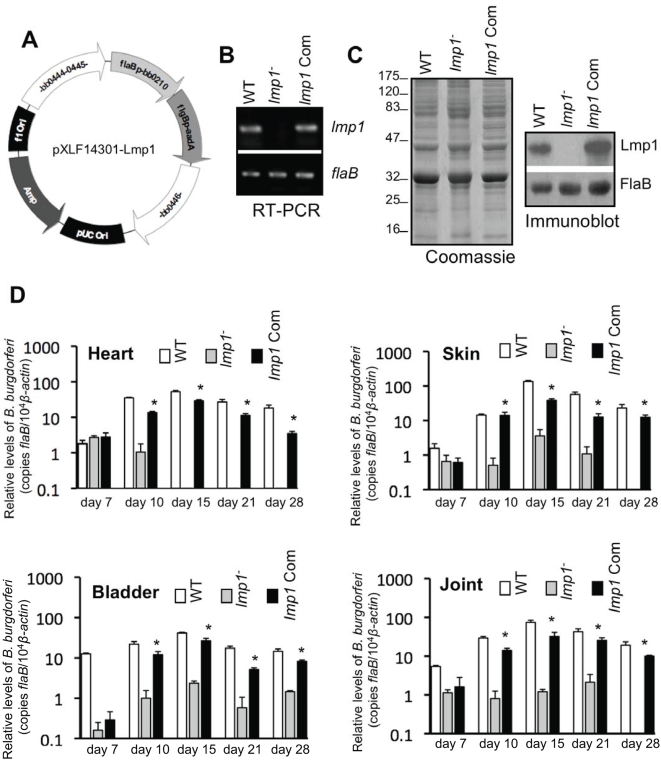Figure 3. Complementation of lmp1 mutant B. burgdorferi with lmp1 gene restores the ability of spirochetes to persist in mice.
(A) Construction of DNA construct (pXLF14301-Lmp1) for chromosomal integration of the lmp1 gene. The open reading frame of lmp1 gene was fused with B. burgdorferi flaB promoter and cloned into the shuttle vector pKFSS1 that houses the streptomycin resistance gene (aadA) under B. burgdorferi flgB promoter. A DNA fragment encompassing the lmp1 gene with the flaB promoter and aadA cassette was finally excised from pKFSS1 and cloned into BamHI and SmaI sites of pXLF14301, which contains two fragments from B. burgdorferi chromosomal locus (bb0444 and bb0446) that act as the 5′ and 3′ arms needed for homologous recombination and integration of the complemented gene in B. burgdorferi chromosome. (B) RT-PCR analysis of the lmp1 transcripts. Total RNA was isolated from either the wild type (WT), lmp1 mutant (lmp1−), or lmp1-complemented B. burgdorferi (lmp1 Com), converted to cDNA, then subjected to PCR analysis with flaB and lmp1 primers, and analyzed on a 2% agarose gel. (C) Production of the Lmp1 protein by the complemented B. burgdorferi. Lysates of B. burgdorferi were separated on a SDS-PAGE gel, which was either stained with Coomassie blue (left) or transferred to nitrocellulose membrane, and blotted with antiserum against Lmp1 or FlaB (right). (D) The B. burgdorferi burden in mice. Mice were infected with wild type (white bar), lmp1 mutant (gray bar), and lmp1 mutant complemented with lmp1 (black bar) B. burgdorferi, and the spirochete burden was analyzed at days 7, 10, 15, 21, and 28 by measuring copies of the B. burgdorferi flaB gene, which was then normalized to mouse β-actin in each sample. Bars represent the mean±SEM of relative tissue levels of B. burgdorferi from three independent animal infection experiments. With the exception of the day 7 time point, levels of lmp1-complemented isolates were significantly higher than those of lmp1 mutants in all timepoints and murine tissues (* heart, P<0.001; skin, P<0.006; bladder P<0.004, joint P<0.002).

